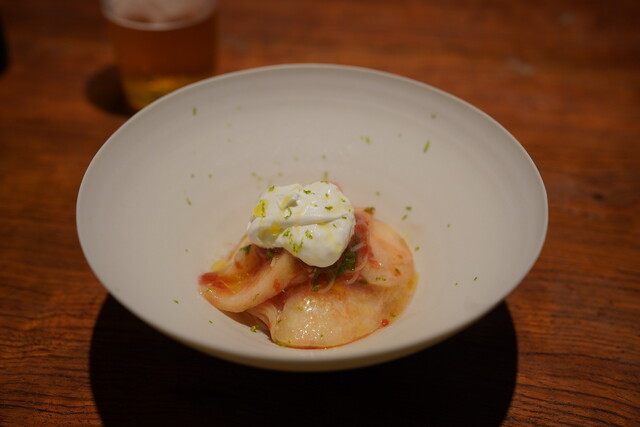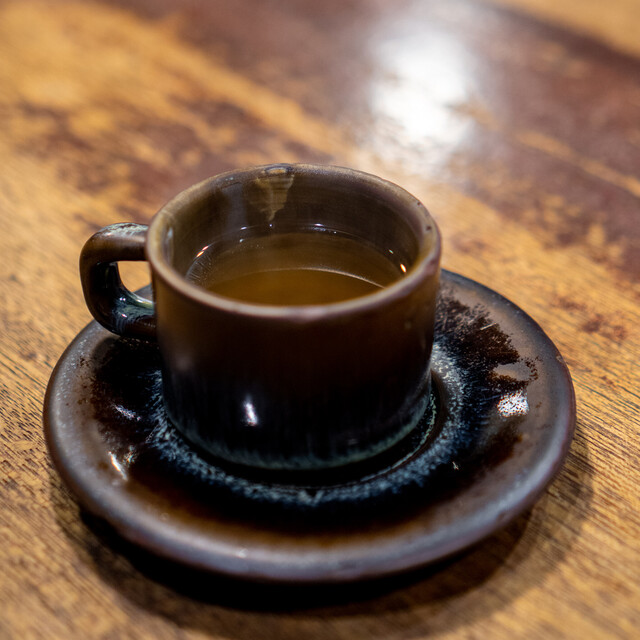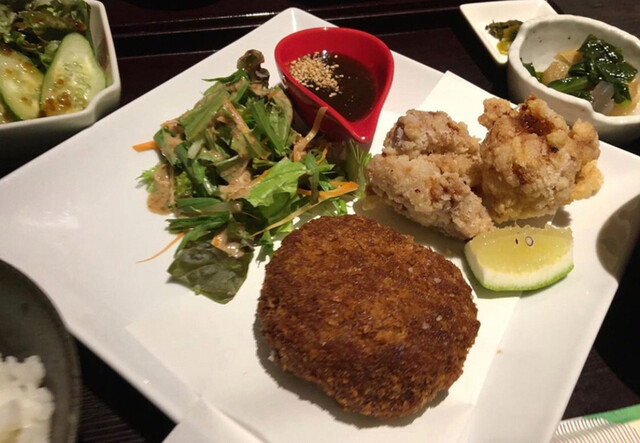
The biggest feature of Kumamoto Castle is the sight of two towers, one large and one small, standing side by side. The four sides of the towers are adorned with "chidori-hafu" (plover-style gables), while the top floor of both the north and south sides of the large tower are decorated with "kara-hafu" (Chinese-style gables). On top of the stone walls of the small tower, there are "shinobi-kaeshi" (iron spikes) installed to prevent enemy invasion. The large tower has three layers on the outside and six floors plus a basement on the inside, allowing visitors to enjoy a breathtaking view of Kumamoto City and the mountains of Aso from the top floor.















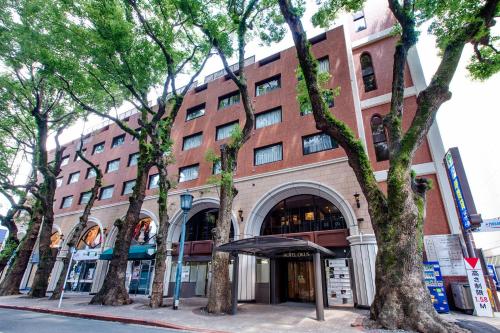
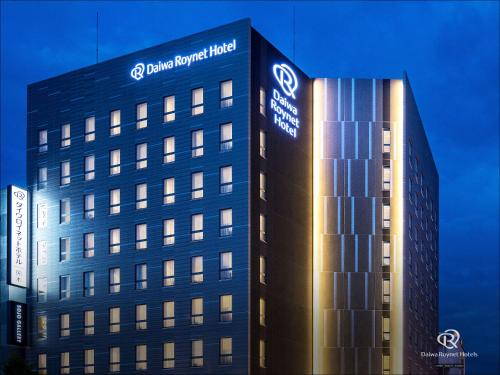







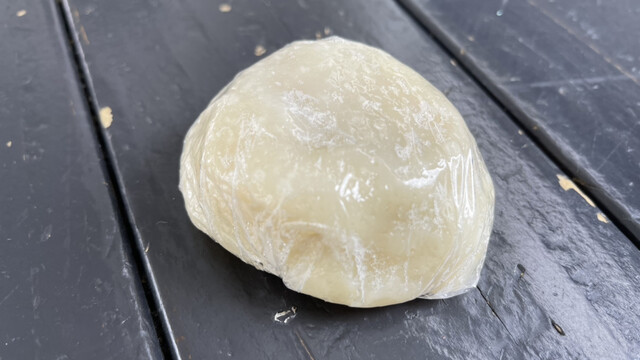
 ~¥999
~¥999
 -
-
